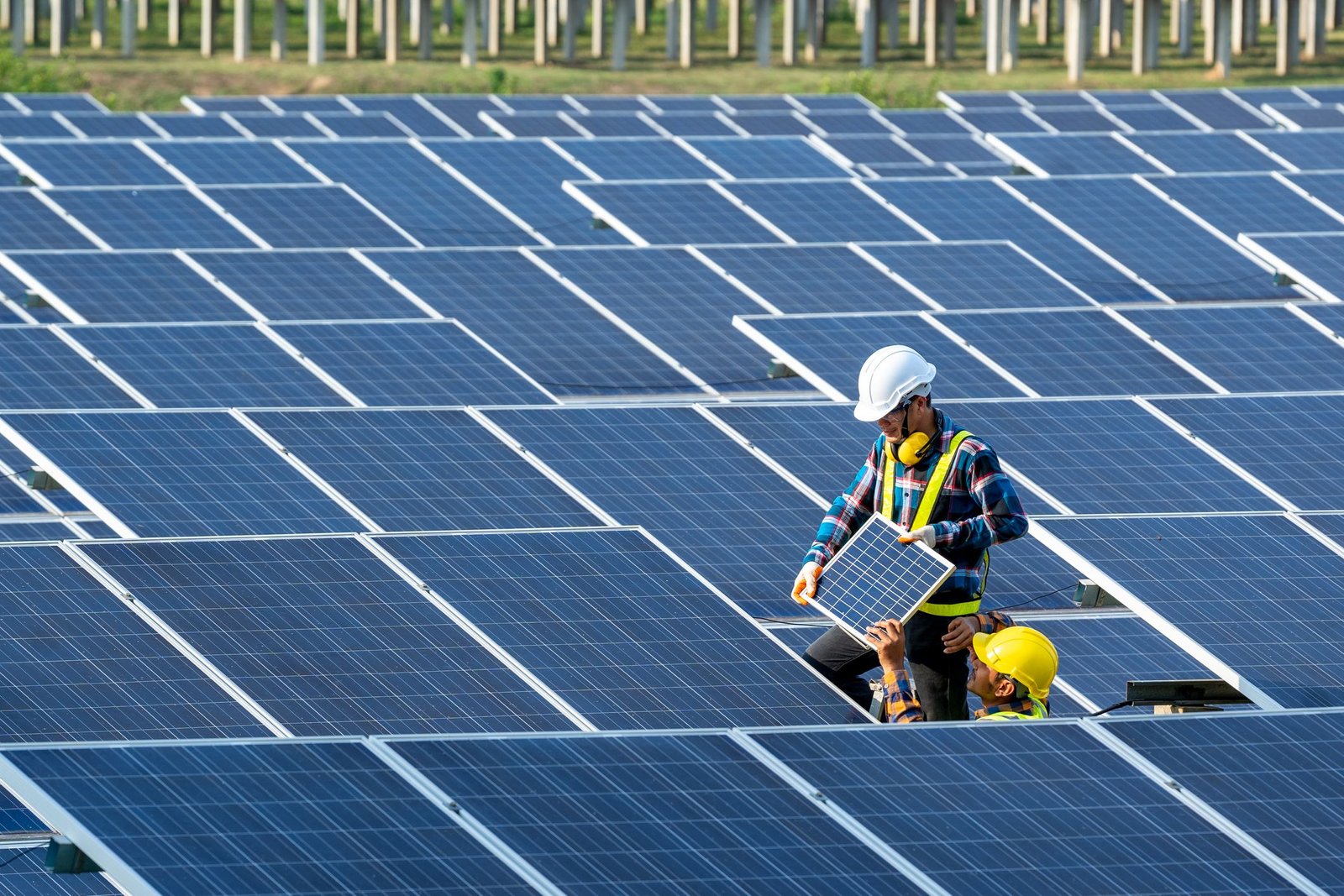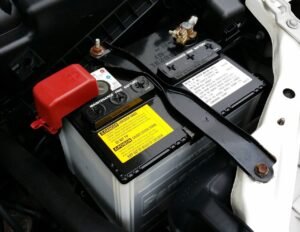Severe winter storms in the state of Texas in February 2021 crippled the state’s electricity grid and led to shortages of food, water and heat for many of its residents. Record low temperatures led to surging electricity demand and declining electricity generation capacity as wind turbines froze and natural gas power generation facilities met with mechanical failures. There was a severe imbalance in power consumption and power generation, causing an overloading of the state grid. The importance of maintaining grid stability simply cannot be understated in our electrified world. As we attempt to decarbonise through increasing electrification and embracing renewable power generation, we introduce greater variability in electricity demand and supply which could potentially compromise grid stability. Thus, there is a need for us to be extremely cautious in doing so.
Power demand naturally varies over the course of a day. At night, when there is less activity, demand would be lower while in the day, when there is more activity, demand would be higher. Generators need to be able to be switched on and switched off readily to be able to match power supplied to the power demanded. More generators would need to be operating in the day while less generators would be required in the night.
When there is an excess of power demanded over power supplied by generators, more generators quickly need to be turned on and connected to the grid to supply the additional demand. Failing to do so would cause the frequency of the alternating current within the grid to fall below the normal operating frequency. In Europe, this frequency is 50 Hz while in the US, it is 60 Hz. Deviation from this normal operating frequency has catastrophic consequences! This is because every single generator in the system is magnetically-coupled and so, if generators and equipment connected to the grid lose synchronisation, they can become severely damaged. To prevent such damage, there are breakers that are installed in the grid that would cause generators to shut off when a significant deviation in the AC frequency is detected. Such circuit breakers are similar to those that we have in our houses that open the circuit when a difference in current values is detected between the live and neutral wires. Thus, when there is an imbalance in the system, causing frequency to deviate, generators are automatically shut off and consumers in some regions would also be cut off from the grid. Matching power demand to power supply is thus a vitally important task and it is undertaken by the grid operator.
Before countries around the world started to harness wind and solar power, almost all of our electrical power generation, which include coal-, natural gas- and oil-burning plants, as well as nuclear power plants, can be considered as baseload generation. This means they provide a reliable source of electrical power generation throughout the day, regardless of rain or shine, windy or windless. Fossil fuel powered generators especially, can be easily turned on and turned off, allowing electrical power supply to be easily adjusted. Wind turbines and solar panels harness energy from sources that are not within human control. The intensity of solar radiation and the wind speed at a particular location cannot be varied as we please. Averaging over the period of a year, wind power accounts for approximately 20% of electrical power generation in Britain. Just two days ago, in the midst of Storm Eunice, wind power generation supplied up to 42% of Britain’s electrical power demand. Such is the variability of renewable power generation.
The European Union has been and continues to be the strongest advocate for renewable energy. In 2020, renewables managed to overtake fossil fuels as a share of total electrical power generation for the first time in the EU. Renewables generated 38% of the electrical power consumed while fossil fuels generated 37% of the total that year. But what happens when the wind doesn’t blow and when the skies are cloudy yet people still need to go about their daily activities? Countries across Europe would still have to start up their “dirty” coal, gas or oil power generation facilities. Otherwise, grid stability would be compromised. In fact, that was what happened in the 2nd half of 2021, where Europe experienced a “wind drought” over certain periods of time.
In our efforts to decarbonise, it is pertinent that we pay close attention to the consequences that the actions that we take have on grid stability. Storing energy in the form of large batteries has been proposed to solve the problem of variability in renewable power generation. In periods of surplus generation, batteries store the excess power generated by renewables and in periods of deficit, the batteries release this stored energy to cater to electrical power demand. Also, nuclear power plants provide a clean and reliable source of electrical power generation. Thus, some have argued that it is a better way to decarbonise and achieve our climate goals.
Electrification and installation of renewable power generation has been and continues to be the preferred means of decarbonisation in today’s world. The EU plans to achieve 55% emissions reduction by 2030 and climate neutrality by 2050. Several other countries have also set ambitious climate goals. As we gradually change our means of power generation, shifting from fossil fuels to renewables, we would also need to continue improving our electrical grid and energy infrastructure to ensure that we can decarbonise while maintaining grid stability.









